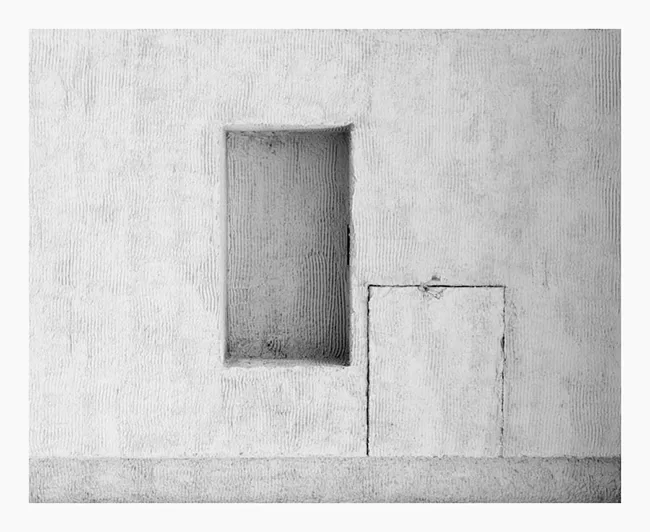Interview: Matthieu Raffard
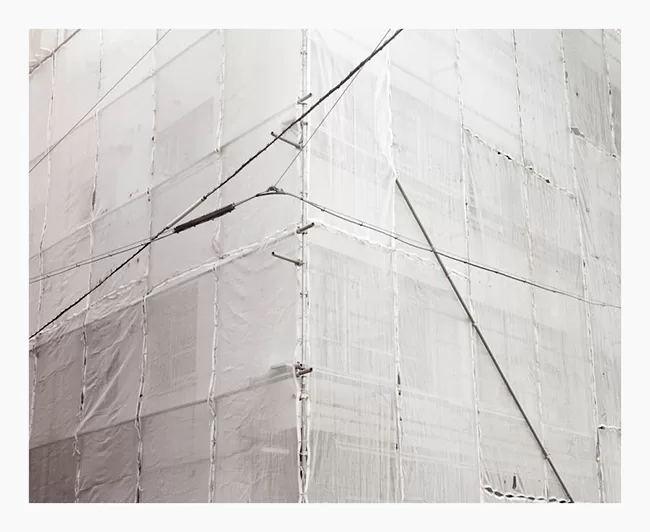
from the series Archipel
Whenever work seems to be conceptually driven there is always an air of mystique around it. It is always thought out and thought provoking, looking past shock tactics; it is a different realm altogether. Throughout Matthieu Raffard’s work there is a sincere attention to detail, dealing with the finite elements of the subject and the photograph. Everything is considered. Whether the subject seems grand or minimal, the intention is always on a deeper level of thinking, probing past first impressions. With a new realm created, the work finds itself asking more questions than it can answer, leading to its conceptual value. It is fearless and creative with the techniques used, sparking excitement from the walls they occupy and the pixels upon the virtual gallery space.
Always participating in repetition, themes and concepts sketch the visual constructs of the photographer’s thoughts, feelings and questions. And it is not only photographs that get a look in, the idea that photographs cannot deal with everything comes to the surface – something we, as photographers, are stubborn to realise. This multi trade approach invites the paintbrushes and ink of hand crafted moments that begin to fill the gaps photographs never could. It is an overall practice, which raises it to a higher level.
Something to note in Matthieu’s work is the white border that remains consistent throughout the series of thoughts he creates, these thoughts sparked from observations around him. They are an honest approach and accept mistakes and imperfections but tie it all together in a powerful bind or a figurative bow as each projects reaches a sensible point of conclusion. Whether they are depictions of the studio space, a place to roam with photographic and drawing equipment or a technique put in place to stamp a sense of authority and control over the ideas that prevail in his creation process. Creation being the key word here.
Although they seep in a creative wheel of sensible direction, the subjects are barely noticeable and require a higher sense of thinking. The subject does not always hit everyone the photographs meet. They are earned and the true meaning of the work is something you could hold like a trophy instead of a standard routine as we click past repetitive and tediously predictable attempts to be ‘different’. Instead, they create completely unique moments that can only come from Matthieu’s hand, mind and practical skill. This is not to say his work is entirely unique, and this is in no way blowing smoke up the photographer’s ego; in fact, I’m not even sure there is an ego there at all. Instead, the creative process is entirely organic, like we once were before we met the art world, when we would draw things as children or would have no limit to our imagination. Every photograph delves into the utterly unique.
Yet, the astounding thing is that every photograph has complete control, each thought is sculpted, appearing to be made with no struggle, merely a natural reaction to whatever depiction they choose to make. It would be bold of me to say this work is ground breaking, but at this point, it is the closest thing we have to it at this present time. And Matthieu is barely getting started; as each project accumulates, each series perfects his craft, as his approach is revolutionary. At least, as revolutionary we can be at this time in photography as a subject. A subject that is incredibly lost and confused, Matthieu’s position as a photographer leaves him in a position where he is one of the names calling the shots, but does not want to be the front runner. He is happy in his studio, making work because he wants to, not because the subject is telling him to.
This in a sense is why he is leading the way, at least in my mind.
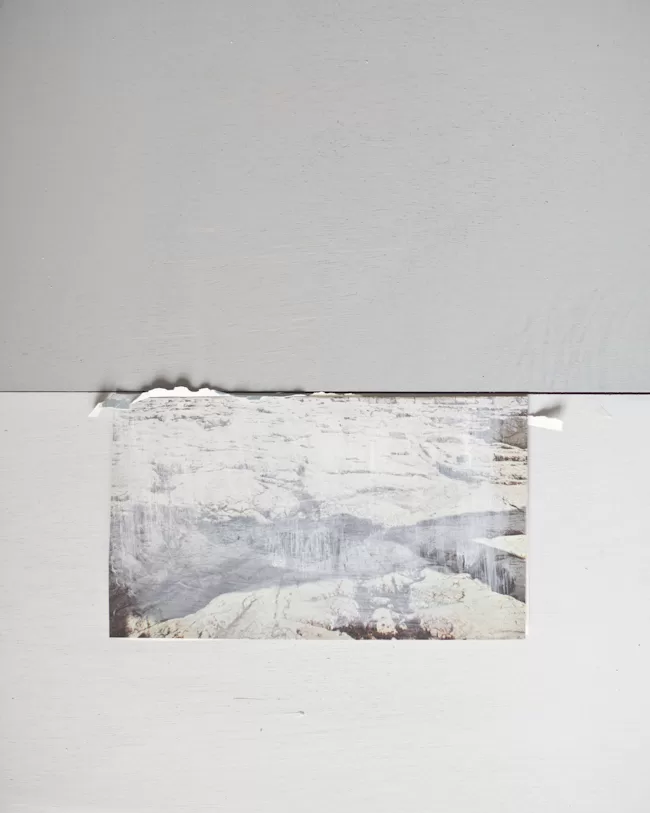
from the series Etudes
When looking through your work I was immediately drawn to the fact you work with a white border. Although a small detail, I was curious as to your thought process when working with such a technique?
The white border that surrounds my images has a crucial importance. I think a photograph exists with the space that surrounds it. The white around the images creates an empty space that allows the photographs to condense and reinforce themselves from the inside. Once framed, the white around the images can become almost as important as the image itself. I can spend several hours at the studio to get the right proportions.
The work feels like it is always yearning to be physical and it struggles with the constraints of the online platform. Its textures and pigment seems to be the final part. What are your thoughts towards this?
The construction of the images is very important to me. I search to create images in relations of strength and balance – it is the basis of my visual language. Colour is often something I calibrate in a second period of time. The work on colour and light is something very fragile, very sensitive, maybe even metaphysical. First I create the structure and then I look if lights and colours can overlap.
Perhaps another obvious but nonetheless important observation, the dream-like quality is brought out through the blur in the images. Although the objects and scenes seem very practical, they seem to be yearning for a way out of reality. How did you approach the work and how integral was this technique to the production and intentions of your work?
Photography is a medium with very close links to reality. The camera is a technological way of making a copy of reality. It produces the illusion that you can make several version of the same reality. Despite this, I am convinced that we can use photography to talk about something completely different. With my camera, I seek to record realities that are situated outside of our visual experience. Reality is the starting point but rarely the point of arrival.
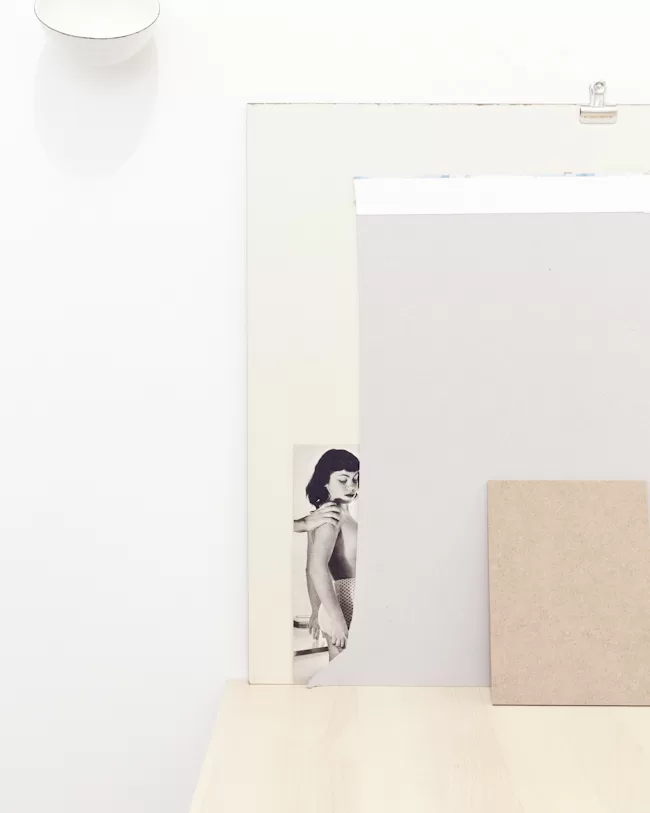
from the series Ekphraseis

from the series Archipel
Etudes and Archipel rang out to me as defining series in your practice. Is there a particular series that identified your voice and intentions?
Each series explores a direction of its own. Archipel gathers together images I made in Japan last winter with images I made in my studio. The series allows me to gather in my work, under the same intention, images that were made in very different contexts. At the moment, I explore this possibility of joining studio work and work made while travelling. A little like in movies, by means of editing, we can integrate on-location images and studio images.
Unlike a lot of photography, you work with drawings and lines of paint. Is this another way of expression on par with your photographs or are they intended to be more like sketches alongside the photographs?
My ambition is to succeed in merging painted work and photographic work. I like photographed drawings, and I appreciate photographs that tend towards painting. I search to make hybrid forms that are both painting and photography. The right balance point is difficult to obtain and it could take a whole life to find it.
The colour pallette used makes the work feel very quiet. What do you look to discuss in the work? As a lot of it seems to be down to suggestion, the titles and feeling from the work defines infinite possibilities: is this something you intended or something that naturally happened?
I bring a particular intention to colours I use. I like coloured greys and fairly faded colours. I believe that violence is a very quiet phenomenon. Violence and its manifestations are often mixed up. Colours that match are often harmonious but I think they translate a form of underground power.
When I work, I try to connect myself to these underground forces and I let them inhabit the image. Some times they inhabit the image in a very discreet way, some times in a much more present way. I think that this way of working brings an enigmatic character to my work.
What got you photographing? And what do you look to achieve with your work?
I became a photographer by chance. Originally I intended to be a painter. I still look to becoming one but by using a camera. Today I don’t really make a distinction between both mediums.
As each series looks to develop from the other, was it a conscious decision to continue in this vein?
Each series brings the following one, indeed. The series are interweaved and coexist in a strange way, each in their own way attempt to say the same thing but with different strategies. I try to get as close as possible to the indescribable.
The handcrafted elements in Pliage suggest the photograph is a reference picture; to your mind, what is the artwork in the series: the object or the photograph?
The Pliage series is a photographic series. Photography gives mystery to the folded clothes. Through photographing these little clothing sculptures, the cloth becomes like a mark of paint. We can think about Nicolas de Stael, Morandi, and Rothko. It is through photography that this mélange of genre happens.
Do you see yourself as purely a photographer or do the other elements push your work into other realms of art, such as sculpture?
For the last few years I haven’t considered myself as a photographer anymore. Although photography is my predilective medium, I believe that my approach is closer to one of a painter. I still like photography as much but I find its process often too academical and bundled up. In a general way I feel closer to photographers that are exhibited in the contemporary art field than photographers that are exhibited in the strict photography field.
Overall, I get very quiet sensations from the work. What were your thoughts towards the way your work communicates your ideas? I am very intrigued.
In my work, I don’t look to communicate a precise idea, I look to make space for silence. It is the one which is often the most meaningful in my photographs. Nothing more violent than quietness, nothing more colourful than grey, nothing more solid than emptiness.
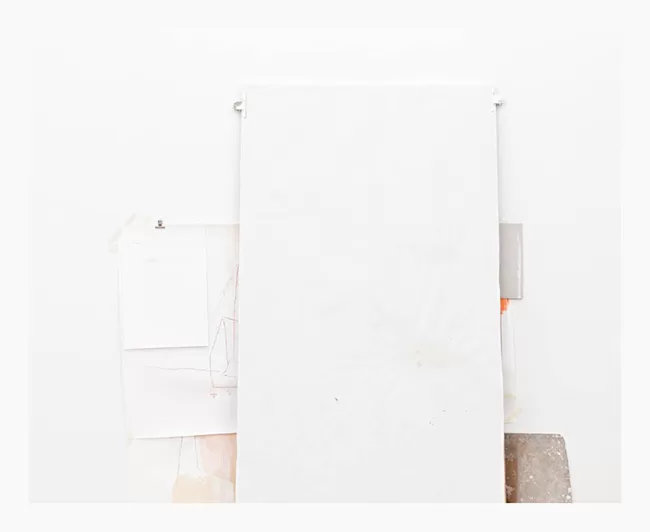
from the series Archipel
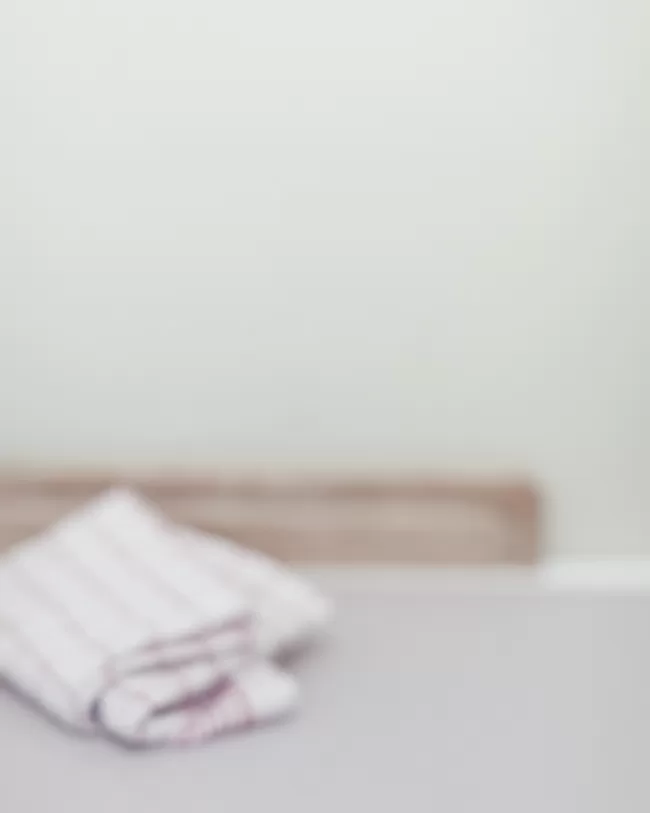
from the series Etudes
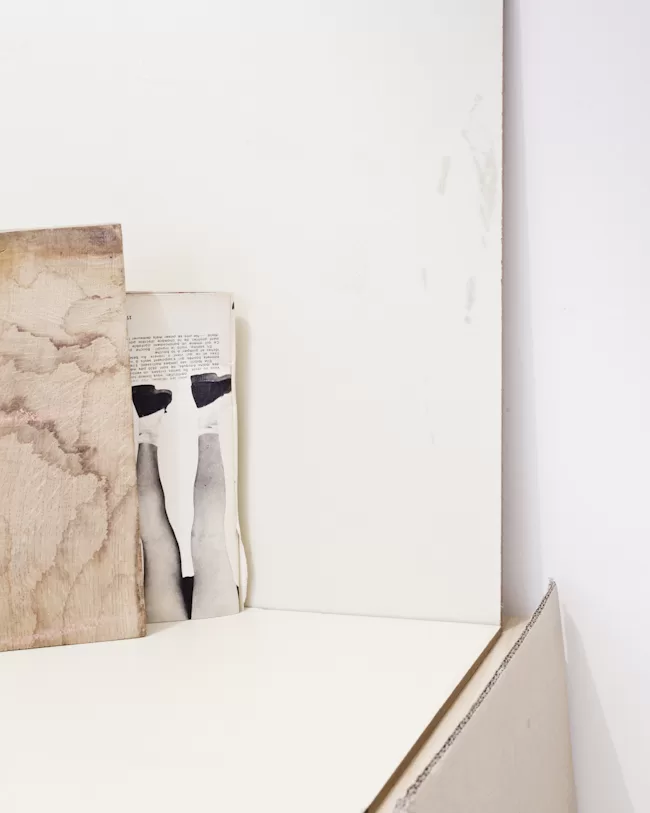
from the series Ekphraseis
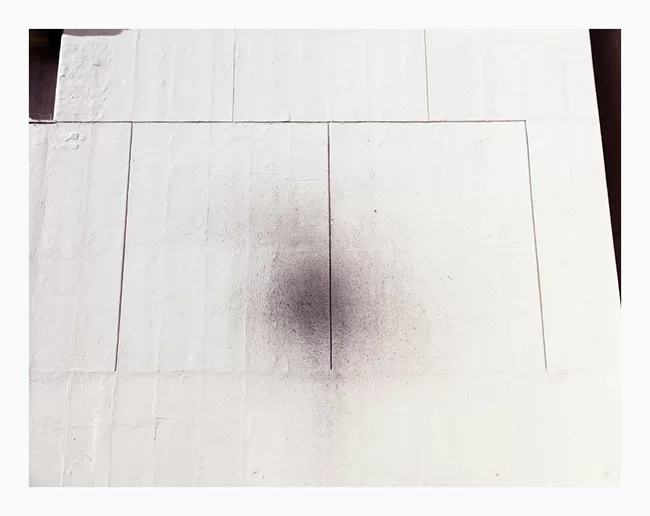
from the series Archipel
